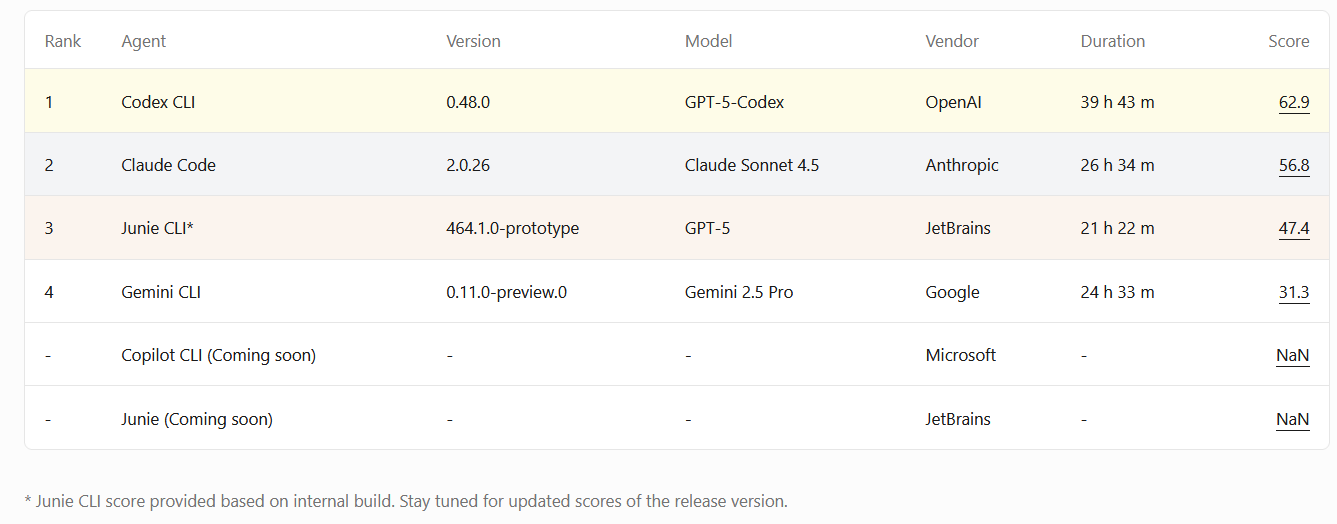Superset - a multiterminal for Agents
https://superset.sh/
Currently Mac only, with Windows and Linux versions planned. It is an Electron-based app, a terminal with tabs specifically adapted to manage multiple agents like Claude Code, OpenCode, OpenAI Codex, and others simultaneously.
It automatically creates isolated git worktrees (best practice), sets up environments, isolates tasks to avoid conflicts, adds notification hooks, and includes a built-in diff-viewer for quick review of changes and PR creation. Future plans include cloud workspaces, context sharing between agents, and orchestration.
Logic-wise, it is similar to https://github.com/tmux/tmux, the well-known "terminal of terminals" for Unix-like systems (Linux, macOS, BSD, etc.), which allows creating and managing multiple sessions in a single window using panes and windows.
Mysti as a team of agents
https://github.com/DeepMyst/Mysti
A VS Code extension that allows combining any two different models (shared context) in Brainstorm Mode to receive higher-quality advice. It solves the issue of switching between different paid AI subscriptions to get alternative opinions on complex architectural decisions. Currently supports models from Claude, Codex, Gemini, and GitHub Copilot CLI.
HN Discussion
https://news.ycombinator.com/item?id=46365105
The community shows significant interest in the idea of multi-agent collaboration, actively sharing personal workflows and alternative tools. Many participants experiment with similar approaches manually (e.g., via Tmux panes with several CLI agents) and believe that debates between models help identify weak ideas and improve solutions, especially when one model gets "stuck."
Regarding Mysti, there is criticism of its dependency on VS Code, as many users prefer a pure CLI experience.
#multiagents
